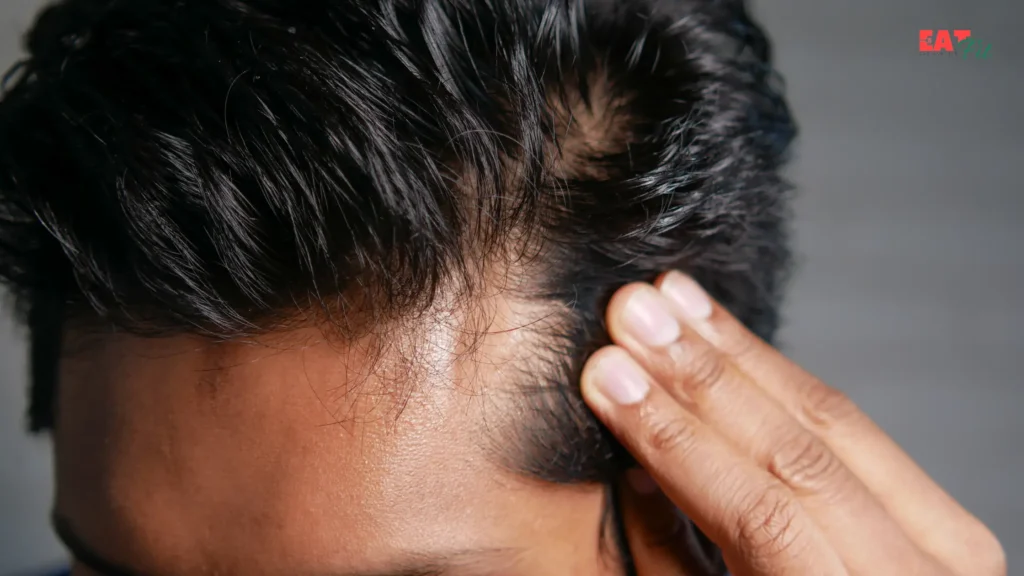Can Hair Loss Be Reversed? Exploring Effective Solutions

Table of Contents
- Introduction
- Understanding Hair Loss
- Lifestyle Changes
- Topical Treatments
- Medical Interventions
- Combination Therapies
- Conclusion
Introduction
Hair loss is a common concern that affects millions of people worldwide. Whether it’s due to genetics, hormonal changes, stress, or other factors, the quest to reverse hair loss has led to a myriad of treatments and products claiming to offer solutions. In this blog post, we’ll delve into the question: Can hair loss truly be reversed? We’ll explore various methods, from lifestyle changes to medical interventions, to understand what works and what doesn’t.
Understanding Hair Loss: Is It Normal to Lose Hair Every Day?
Understanding Hair Loss
Before discussing reversal methods, it’s crucial to understand the underlying causes of hair loss. Hair loss, or alopecia, can occur due to genetics (androgenetic alopecia), hormonal imbalances, autoimmune conditions, nutritional deficiencies, and environmental factors. Each case may require a different approach to treatment and reversal.
Lifestyle Changes
In some cases, simple lifestyle modifications can help slow down or even reverse hair loss. These changes include adopting a balanced diet rich in vitamins, minerals, and protein, reducing stress through relaxation techniques or exercise, avoiding harsh hair treatments and styling practices, and ensuring proper scalp hygiene. While lifestyle changes may not fully reverse hair loss on their own, they can create a conducive environment for other treatments to be more effective.

Topical Treatments
Several over-the-counter and prescription topical treatments claim to promote hair growth and reverse hair loss. One of the most popular ingredients is minoxidil, which is available in various strengths as a topical solution or foam. Minoxidil works by improving blood flow to the scalp and stimulating hair follicles, leading to increased hair growth. Another option is prescription-strength finasteride, which blocks the conversion of testosterone into dihydrotestosterone (DHT), a hormone implicated in hair loss. While these treatments can be effective for some individuals, results may vary, and consistent use is often required to maintain benefits.
Decoding Hair Loss Treatments: Finding What Works Best for You
Medical Interventions
For more advanced cases of hair loss, medical interventions may be necessary. Hair transplant surgery involves harvesting hair follicles from donor areas (typically the back of the scalp) and implanting them into balding or thinning areas. This procedure can provide permanent results, but it’s important to consult with a qualified surgeon to determine candidacy and manage expectations. Other medical treatments, such as platelet-rich plasma (PRP) therapy and low-level laser therapy (LLLT), have shown promise in stimulating hair growth and reversing hair loss, although further research is needed to fully understand their efficacy.
Combination Therapies

In many cases, a combination of treatments may yield the best results for reversing hair loss. This approach may include a blend of topical treatments, oral medications, lifestyle changes, and medical interventions tailored to the individual’s specific needs and preferences. Consulting with a dermatologist or trichologist can help determine the most suitable treatment plan based on factors such as the underlying cause of hair loss, overall health, and desired outcomes.
Conclusion
While reversing hair loss entirely may not be possible for everyone, significant progress has been made in the field of hair restoration. From lifestyle changes to medical interventions, numerous options are available for individuals seeking to address hair loss and improve their confidence and quality of life. By understanding the underlying causes of hair loss and exploring effective treatment options, individuals can take proactive steps toward restoring their hair and achieving optimal results.








